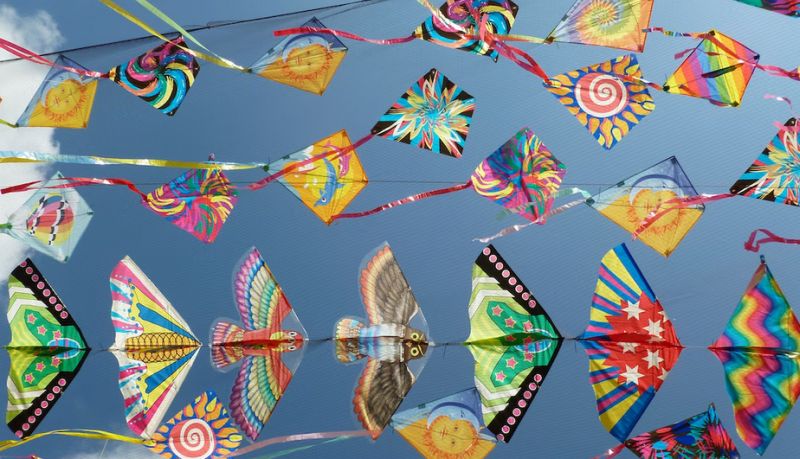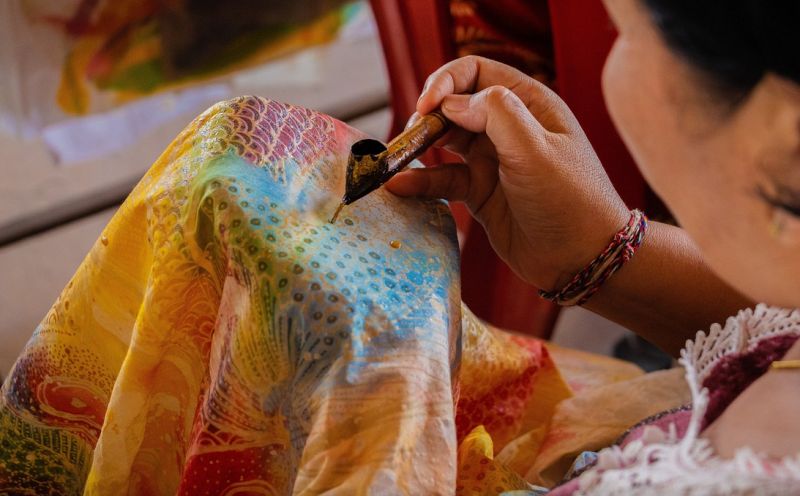While many parts of Bali cater to tourists, some would much rather play the role of travelers. Young Europeans love to go backpacking in Indonesia, for a more genuine experience and to exercise their role as nature-conscious globe-trotters. If you travel to Bali from Australia for example, chances are you will discover a completely different word, one both Europeans and Asians alike should strive to preserve and cherish.
Many people want to immerse themselves in the culture and stay away from the top tourist attractions in this wonderfully diverse Indonesian province. Of course, there are many fun tourist activities to do in Bali and no one would disparage you from doing them, but if you’re looking for something a little different, try these non-tourist options instead.
Attend a Kite Festival
The top months for tourists in Bali are May, June, and September, mostly because July and August are known to be windy. Tourists want to visit the beach without dealing with the wind, but to participate in a true Bali tradition, plan your holiday for July or August. That’s when you’ll have a chance to attend a kite festival. Hundreds of teams gather together in Padanggalak to compete against each other as they fly their traditional colorful kites.

The kite festivals began as a way to thank the gods for healthy and abundant crops and harvests, but it has transformed into a truly incredible event. The skies are filled with kites of all shapes, sizes, and colors, with tails that can reach up to 100 meters in length. Teams spend weeks leading up to the festivals building their kites and learning to pilot them. You’ll come to appreciate the workmanship that goes into these kites that fill the skies above Bali nearly every day during the windy season.
Visit a Warung

Bali features restaurants and cafes with cuisine from all over the world, but if you want a truly local experience, visit a warung that’s off the beaten path.
A warung is a small, usually family-owned eatery that typically specializes in one type of food, such as bakso, nasi lawar, or Bebek betutu.
These cozy restaurants will give you an authentic meal and expect you to eat it in the way of the locals: with your right hand.
If you choose the bakso, a spoon is allowed for the broth, but otherwise, get the full sensory experience by eating with your hands.
Make Your Loved One a Batik
There is no shortage of batiks that are available to purchase in Bali. These colorful, hand-decorated textiles that use the traditional Indonesian process of wax-dying whole cloth are a typical souvenir for travelers to Bali. But, you don’t have to settle for someone else’s designs. There are several places around Ubud that offer the opportunity for you to make your own batik.

Not only will you create your own design, but you’ll sketch it out and dye the fabric yourself as well. This is an excellent chance to really dive deeply into an important part of Bali culture while also going home with a unique memento that will remind you of your time in Indonesia every time you look at it.
Visit Some of Bali’s Rice Fields
Bali’s beautiful rice fields are both a travel lesson and a relaxing way to have a look at how the inhabitants of Bali live and work.

Jatiluwih is one of the loveliest rice terrace valley in Bali, also known as an UNESCO world heritage site. The terraces, located in Western Bali, are cleverly maintained by a water management system that goes back to the 9th century. The are is not so crowded; in fact come early in the morning and you may just be one of the few visitors of these vast and impressive lands. There is an entrance fee that you have to pay upon entering, but the good news is that it goes directly into the budget of the local cooperative fund.
Conclusion
Whether you want to spend just some of your holiday immersed in Indonesian culture or all of it, these non-tourist activities will help you feel like a local. Just be sure to respect the traditions of the Indonesian and the local people will welcome you with open arms.

